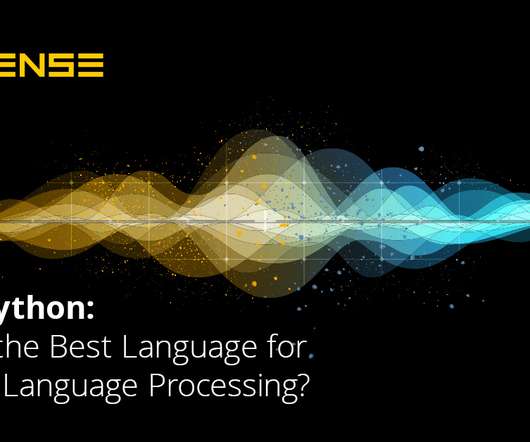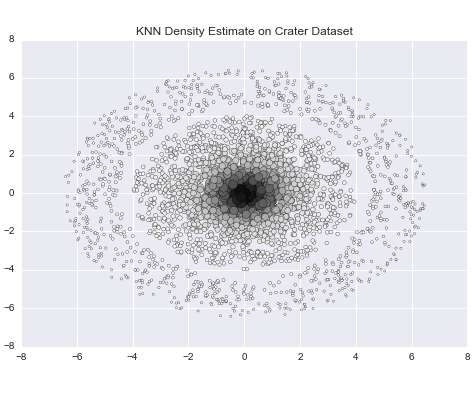Anomaly detection in machine learning: Finding outliers for optimization of business functions
IBM Big Data Hub
DECEMBER 19, 2023
For example, higher than average traffic on a website or application for a particular period can signal a cybersecurity threat, in which case you’d want a system that could automatically trigger fraud detection alerts. A machine learning model trained with labeled data will be able to detect outliers based on the examples it is given.
















Let's personalize your content